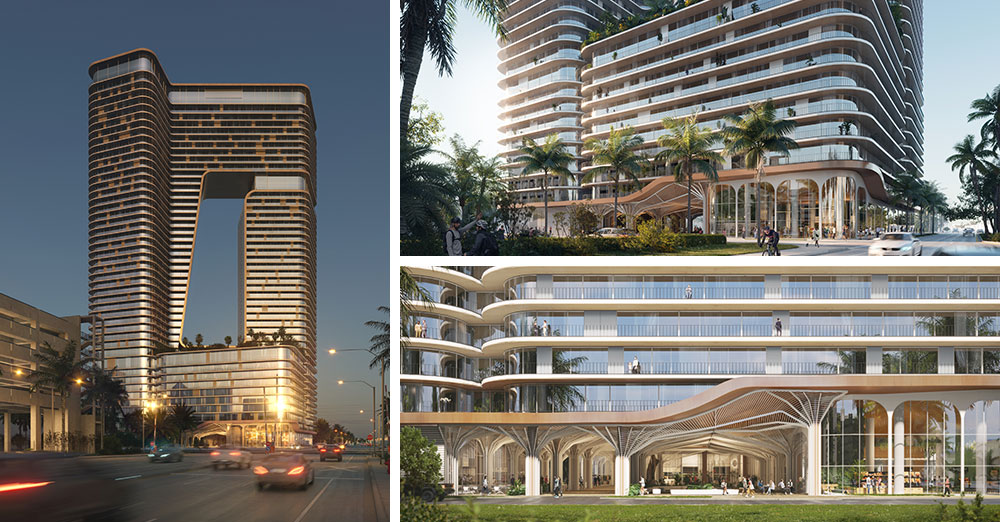
Architecture is defined as an art of building designer Fort Lauderdale architects in the form of buildings and other physical structures like homes, offices, hotels, resorts, and commercial buildings. This incredible art also involves the use of science and technical knowledge n order to give a form and structure to creativity and imagination. This mixture of art and science implement a design that transforms into a functional and aesthetically pleasing architecture.
1. Adirondack Architecture: This type of architecture gives a rugged finish to the structure design. This outstanding craftsmanship is mainly used for structures like rustic cabins, boathouses, custom homes, and log cabins. The architectural style introduced by William West Durant dates back to the 1880s that spread through the Adirondack Mountains, eventually to throughout the mountainous areas from the Appalachians and the Rocky Mountains.
2. Adam Style: The Adam style is named after a renowned British architect Robert Adam. The design was originated from the Neoclassical design in the eighteenth century that revolutionized the industry with a fresh and graceful design. The design is more popular in England and America, most evident during the structural buildings constructed between 1790s to the 1830s.
3. Art Nouveau Style: Art Nouveau is a French term for ‘New Style’ and was introduced as an outcome of the efforts put in by known European artists who held a revolt against formal and classical design. This innovative design style was originated in Pairs in the eighteenth century. The design of the buildings often has asymmetrical shapes, arches, mosaics, stained glass, Japanese motifs, and decorative surfaces like curving, floral motifs and plant-like embellishments.
4. Indian Architecture: Indian architectural designs reflect the diverse culture and religious tradition of the country. This style of design has its own uniqueness and significance in the form of structure, design, and decorative surfaces. Ancient Indian Architecture was influenced by the western design form, especially from the Buddhist stupa to the Colonial Era. The style is simple, distinctive, and flowing in design.
5. Islamic Architecture: Islamic architecture mainly includes structure design like the tombs, mosques, and forts. The typical design includes domes, geometric shapes, towers, and Islamic calligraphy.
6. Ottonian Architecture: Ottonian architecture was evolved in the 10th century during the reign of Emperor Otto. It took its inspiration from various existing structure design mainly from the Carolingian and Byzantine architecture.
7. Victorian Architecture: Victorian architecture is a style of architecture that was popularly used in Britain during the reign of Queen Victoria. It was characterized by massive construction, decorative surfaces, simplicity, and fluidity. Balloon framing freed buildings, timber-framed box forms, odd corners, overhangs, and irregular floor plans are some of the characteristic features of the Victorian architecture.